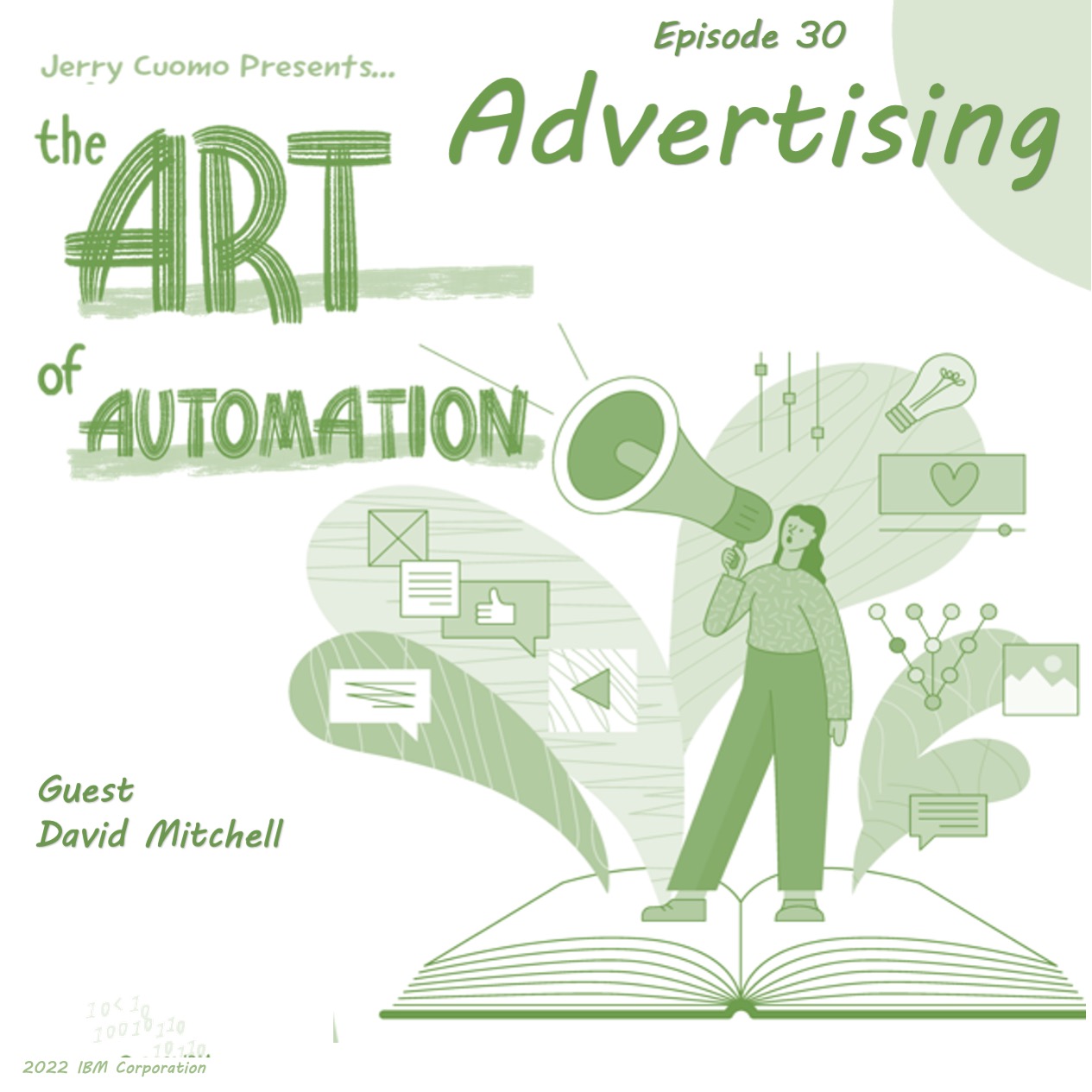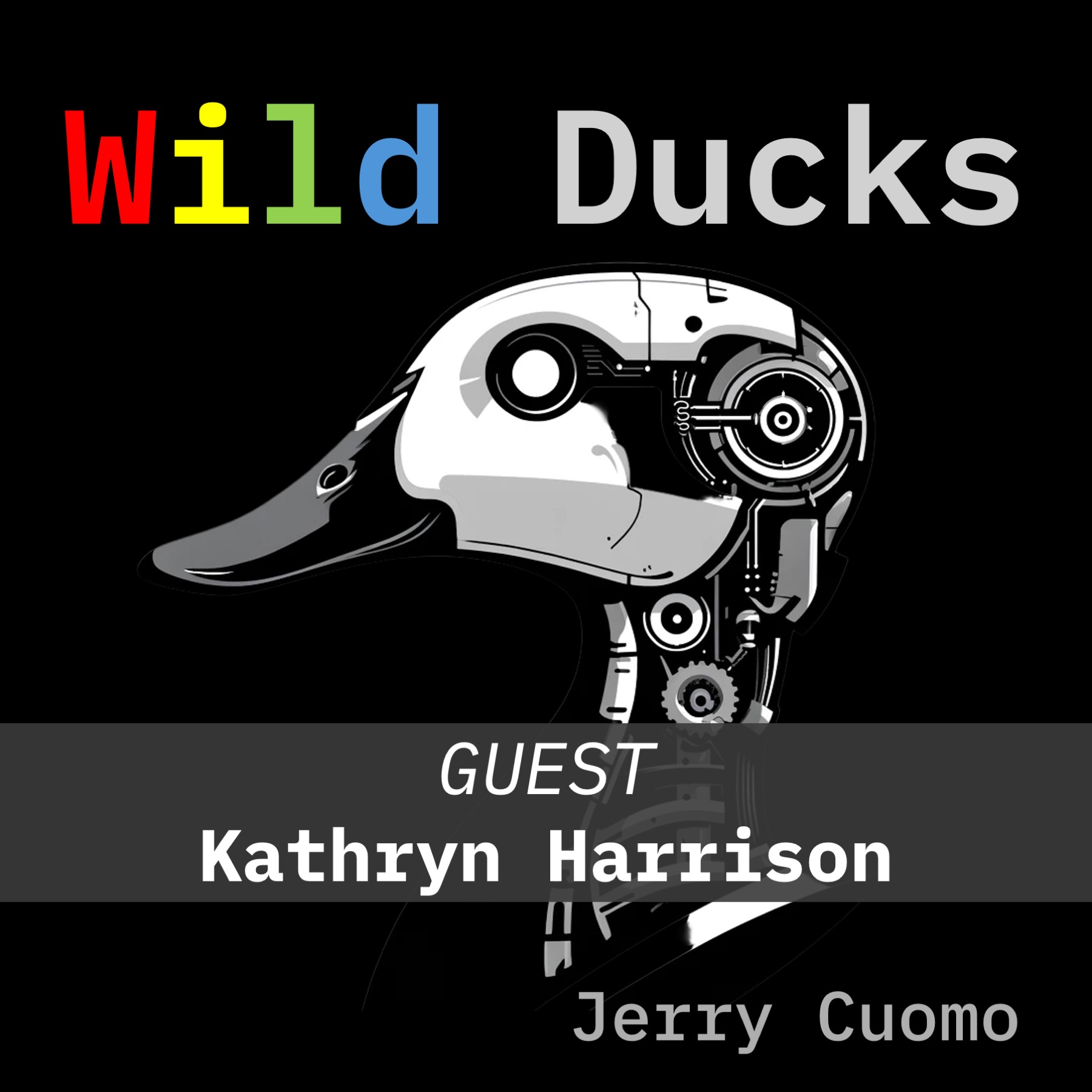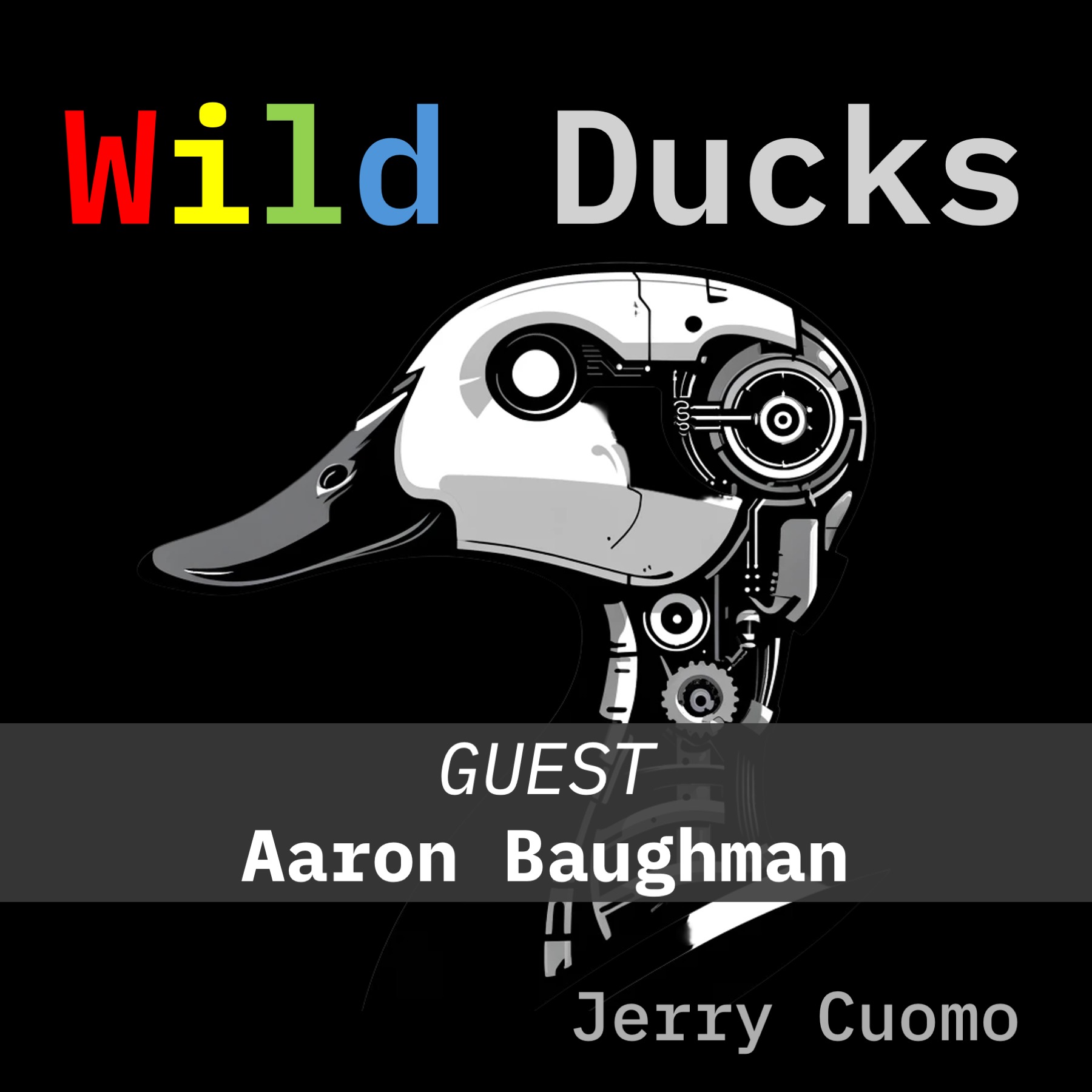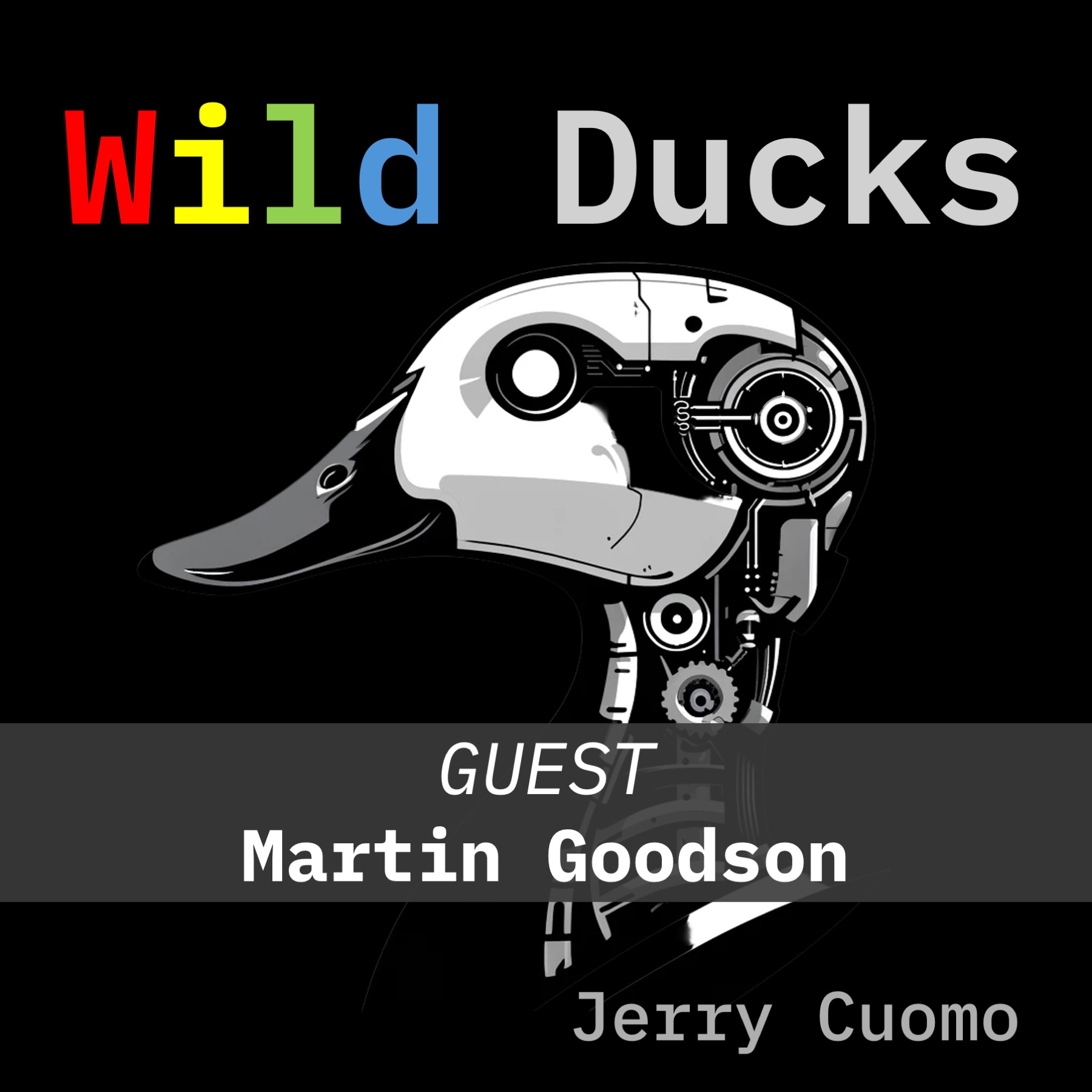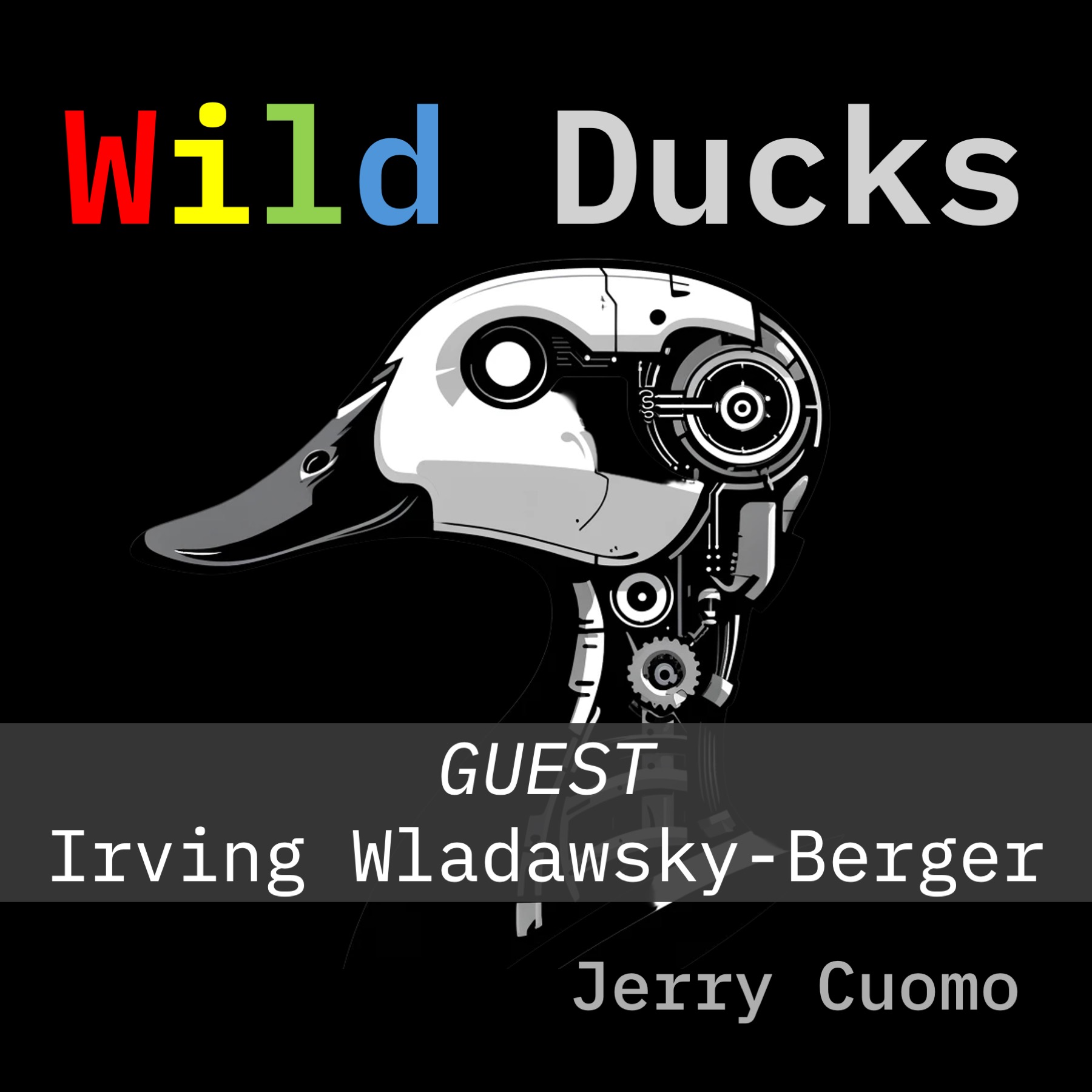Automation in Advertising with David Mitchell
- 0.5
- 1
- 1.25
- 1.5
- 1.75
- 2
Speaker 1: From IBM Cloud and Cognitive Software, you're listening to The Art of Automation with host Jerry Cuomo.
Jerry Cuomo: Hey, hey. Welcome to The Art of Automation, a podcast that explores the application of automation in the enterprise. Hey folks, advertising has evolved tremendously over the years. In fact, the other day, my wife and I were talking about buying our dogs a new dog bed. Yes. I said a dog bed. She did a search on Amazon to see what was available. As usual, we got distracted. But later that night, I happened to go onto Facebook, and the first ad it showed me was of a dog bed. That can't be a coincidence. Well, Today's episode is on automation in the advertising industry. You'll hear from our guest how modern AI and automation technology has been the tool of choice of today's leading advertising agencies. This art involves harnessing the most advanced data gathering tools that the internet makes available while also respecting the user's privacy. A key word that you're going to hear repeated today is context. Once established, understanding the context in which the user is visiting your website gives you an opportunity to delight that user with an authentic and personalized campaign. There are few better in the world at this than our guest David Mitchell, who is the CTO at VMLY& R, a global brand, and customer experience agency. The ad agency world makes its mark on creativity. And you will see David has an abundance of creativity that accompanies his engaging personality. And with that, I'd like to welcome David to The Art of Automation.
David Mitchell: Hey. Thanks, Jerry. It's great to be here.
Jerry Cuomo: Oh, it's so great to have you. We have lots of things to talk about and I want to get to that first question if you don't mind.
David Mitchell: Yeah.
Jerry Cuomo: So David, can you tell us a little bit about your background and why you love what you do?
David Mitchell: My name is David Mitchell. Title is Chief Technology Officer at VMLY& R, which is a mouthful of letters that basically means I work at a marketing agency. But I think of myself as a programmer. When friends and family ask me what I do, I say, well, I'm a programmer. I mostly get to work with teams of programmers, and being at a creative agency, means I get to work with really smart engineers and I get to work with really creative people that are trying to help the brands that we work with. And we think the best brands are the ones that are really trying to reinvent themselves and create new value for themselves and sustainable value with their customers.
Jerry Cuomo: Awesome. And how does technology as a CTO, how do you bridge the gap between this creative world of advertising and the technical world of code? How do the two come together?
David Mitchell: Tech is fine for tech's sake, but I think most people really got interested in computers when they started bringing us together. When they started becoming a way for people to connect. When we're doing great work, we're helping brands get a more meaningful connection with people, and the way that we approach it, really thinking through the day in the life of the customer, rather than thinking about it from the downstream events that are firing, and downstream systems of record or something like that. But if you get into the headspace of the customer journey, and you start trying to interact with them, there becomes a ton of opportunity for automation. There's a ton of opportunity to leverage computers, both things you think about, certainly, like big data and bringing data together to help you find a new insight, or maybe it's a new visualization that makes you say, aha, that forms the beginning of a creative idea or spark. Or maybe it's literally, you start thinking about, well, what do I want to say to all these different people? And brands have a challenge in just communicating one big idea, their brand promise. But as you work with a brand transactionally, ordering, getting help with a product, that usage of the product that creates a conversation. And there's so many opportunities to say, okay, well, what do I want to say next? And what will be the most meaningful, most helpful thing to do next in our next interaction? And there's a ton of great modeling tools for doing that kind of planning.
Jerry Cuomo: Yeah. That's right, David. In fact, when I think about it, I'm not in advertising, but I am probably the target of advertising every minute of every day. And you have your customers have their customers captivated in a sense that everything in this world is digital today. So I'm on your website. You know I'm there. I'm using your mobile app. You know that. But then where do you go next? I think this is what you were just hinting at?
David Mitchell: Yeah. Well, one of our creative officers, a few years ago, commented that great advertising isn't something that interrupts people's lives, right? It's something that is part of their lives. And you have to talk about building connected brands. And, certainly, a connected brand has a creative idea or a spark, but you have to be there whenever and wherever people are. And that means meeting them, certainly, on your website if they come looking for you. But it also means maybe they're in a different space. Maybe they're walking around, and they've got their phone with them, and they're not browsing. But as needs arise, if they're on Facebook, maybe you should be able to talk to them on Facebook, or if they're on Reddit or Twitter. And so, being relevant and being a part of a conversation, that gives rise to a lot of data platforms and figuring out, okay, what's appropriate communication from individual to a brand and back again when you're on, say, a particular platform like Twitter? So yeah, there's a ton of opportunity there.
Jerry Cuomo: And David, the last time we chatted, you told me about this special word and you used it several times. Context.
David Mitchell: Yeah.
Jerry Cuomo: And that you had some kind of methodology around context and code. Can you share with the listeners a little bit about that?
David Mitchell: Actually, if you went to our open- source process, which is a book that we put out on GitHub, it's called Journey Driven Development. And if you Google that, we should rank reasonably high because we try and pick a unique name and contribute meaningfully. But fundamentally, we think of things that we build in terms of code, context, and confidence. Confidence is significant because that's also another area we see automation rising, and it's that thing a lot of people used to call QA. And a few years ago, we started calling that automation of quality because the techniques of automation had crept into that world so much that, yes, you're still doing some manual testing of the website, or the mobile experience, or whatever you're you're testing. But more and more, they're writing scripts, and sometimes those scripts are automation tools that are driving web browsers like using selenium automation. And sometimes they're using AI to validate that things look right using tools like BackstopJS.
Jerry Cuomo: Yeah. So you've started talking about automation and AI, and this is The Art of Automation podcast. So, let's go into it a little bit more. You had mentioned on brand, authentic, personalized. These are all things that are targets for AI and automation. Tell us a little bit about your work in this area. How are you putting it into action?
David Mitchell: Yeah. A few years ago we were talking about what is the architecture for automation and where do you see AI in the agency? And the reality is we looked at, whether we're building mobile apps or building APIs, or building clouds to run all these things, you see AI in all of these things. You also see AI in the creative workflow. So, things like better camera tracking, like a Photoshop filter. And a lot of that, you don't even realize you're using AI, right? Because it just becomes part of the workflow. But we actually just started working with IBM again, it's not top secret, but it's not exactly launched yet. One of our teams here-
Jerry Cuomo: What's the company? I'm not sure I recognize what the company you're working with.
David Mitchell: Yeah. Yeah.
Jerry Cuomo: IBM you said?
David Mitchell: It's like an old inaudible. IBM. So, yeah. So that's one of those initials. Nobody knows what it stands for. One of our groups is called discoverability, and that fundamentally gets around this idea of search engine optimization, search engine marketing. Which you would think all you have to do is put a website out there and people will find it, and it turns out that's not true. And one of the things that can really improve ranking is by having good alt text. And we want to have good alt text for folks that have a vision impairment. It's great to augment that image with additional information. But you absolutely need it in order to be found by a search engine, and you think, well, okay, I'll just remember to type in some good alt text as I'm taking the photo, and that would be great, and I think people's creative workflows have gotten better around that. But as you realize, and this gets back to that idea of context, as you realize, it's not just the image that needs alt text, it's the image on the page, or it's the image in this conversation and not that conversation, and suddenly you realize that it gets into a combinatorial explosion and a need to create good alt text. And it might outstrip the ability of an individual writer. And so, by augmenting that with some suggested alt text, you can lower the amount of work and raise the quality of the work that writer is producing. And so, yeah. IBM and VMLY& R held a workshop a few weeks ago. We've seen some early prototypes. It's very promising. But just some things that will improve the workflow of creative professionals as they're preparing content for really, any situation.
Jerry Cuomo: Yeah. I like that context. And I think you were saying once to me that here's a picture we recognize of blue triangles. Is the point of the page about being blue? So we should emphasize that in the alt text. Or is the page about triangles? And we should emphasize that this is a triangle, so context matters. Wonderful. Wonderful. Can you give us other examples?
David Mitchell: It's funny. Some of the technical things that we do end up being quite top secret, and that can be a challenge in an advertising agency. But sometimes, they're cool and brands want to share that story too. And If you go to our website, vmlyr. com, and look at our work, you'd see lots of different examples of work. But one, in particular, is something called the Tennessee Laugh Tracker. And I love this example because it uses big data techniques on a small scale. And so, I call it little big data. But we manufactured a little Arduino enclosure, 3D printed and a small inexpensive microchip we didn't have to buy in bulk. We were only buying a few hundred. And then on that little Arduino, we did some training offline with a big computer to help it recognize what a child's laughter might sound like. And then we put that trained model into the Arduino. And then with parents' permission, it's a fairly large, by a button standard, it's a pretty good size button. And with the parent's permission, enrolled into the program a few hundred kids as they went to different attractions in the state of Tennessee. And then, so you've got AI there, certainly, on the training and the triggering. And then you've got something that's logging what's actually happening in the world. And then that gives rise also to a model of fun. And what's cool is you can then segment that model on age groups. And we even used, again, computer visualization to draw heat maps of where a parent could expect to find the most fun to have with their kids of different ages at different attractions in Tennessee. It's a small- scale example of how you can have a really impactful change in people's lives with just a little bit of data collection, a little bit of machine learning, and a little bit of data science, and data viz. So a really fun, cool example. And there's a video on the site that takes you through the case.
Jerry Cuomo: And is the next best action or are the automation now advising the parents this is fun? Oh my gosh. I feel old. Do I really need to be told what's fun and what's enough fun?
David Mitchell: Yeah. That's funny you start talking about next actions, and I don't think they've gone that far, but I could imagine. If you were in that space, maybe there's a sign that says, if you're enjoying this, you would enjoy that. And so, yeah, we haven't gotten to wayfinding yet, but that sounds pretty cool.
Jerry Cuomo: All right, David. Can I ask you to take out your crystal ball and gaze into it and tell our listeners what you see there and where is this, or can this AI- powered automation go in the future?
David Mitchell: Well, what's great is computers keep getting faster, and we keep getting better at connecting computers. I don't see a future where the computers replace humans in the loop. I do see a future where we have people using computers to generate new insights, and new ideas, and new perspectives, and new visualizations. I think that's really exciting. And you see the Arduino chips and being able to wear a computer with you, right? And what an amazing transformation the shrinking smart device, and telephone and watch and all of that. I do believe that we're getting into a world where we'll have compute with us where we go, but I also am excited that we're coming out of a pandemic, maybe we're going into an endemic, but we're getting back into the world. And it's fun. We're actually doing a ton of VR excursions with our clients, but we're doing them in person, but in VR. And it's great because you can go into the VR world and you can have an experience together, and you can come out of it and you can reflect on that experience in the real world. And I think, augmentation will be a bigger and bigger part of our life, but I'm very excited by our AI and automation- empowered communications going forward.
Jerry Cuomo: Yes. Get that computer into the real world and let the fun begin. Literally, in your case, let the fun begin. David, that was inspiring. That was informative. That was fun and exciting. So I have to thank you very much for joining us here on The Art of Automation today. Thank you.
David Mitchell: Awesome. Thank you, Jerry.
Jerry Cuomo: Well, that's it for today. And for you CTOs and CMOs out there, I hope you take your inspiration from David as I know I have. How can you not be inspired by the Tennessee Tourism Laugh Tracker? So, reach out to either David and or I on LinkedIn if you'd like to talk more about what you've heard today and maybe start your automation journey with us. And speaking about your automation journey, The Art of Automation book is now available, and it's your practical guide for igniting your automation journey. Today, we're offering a discount code to get 25% off the paperback. If you order from the link provided in the link description here of this podcast, the code is friends2022, all one word, and royalties from the book are being donated to the American Cancer Society. Once again, I'd like to thank David, and of course, I'd like to also thank you all for listening in. This is Jerry Cuomo, IBM Fellow and VP for Technology at IBM. See you again on an upcoming episode.
DESCRIPTION
Automation in the Advertising Industry is the topic of this episode where Jerry is joined by David Mitchell, the CTO at VMLY&R - A global brand and customer experience agency.
They discuss how modern AI and automation technology has been the tool of choice of today’s leading advertising agencies. David shares a cool and inspiring example of something he calls the Laugh Tracker with Tennessee Tourism.
A key word that you will hear repeated during the episode is context. Once established, understanding the context in which the user is visiting your web site, gives you an opportunity to delight the users with Authentic, and Personalized ad campaign.
The ad agency world makes its mark on creativity. And as you will hear David has an abundance of creativity that accompanies his engaging personality.
Connect with Jerry on LinkedIn here. And Jerry’s Digital Twin (DJ) here.
Here is a link to David’s Journey Driven Development Book on Github.
Buy Paperback Book with discount code, mentioned in this episode here.
Today's Host

Jerry Cuomo
Today's Guests


